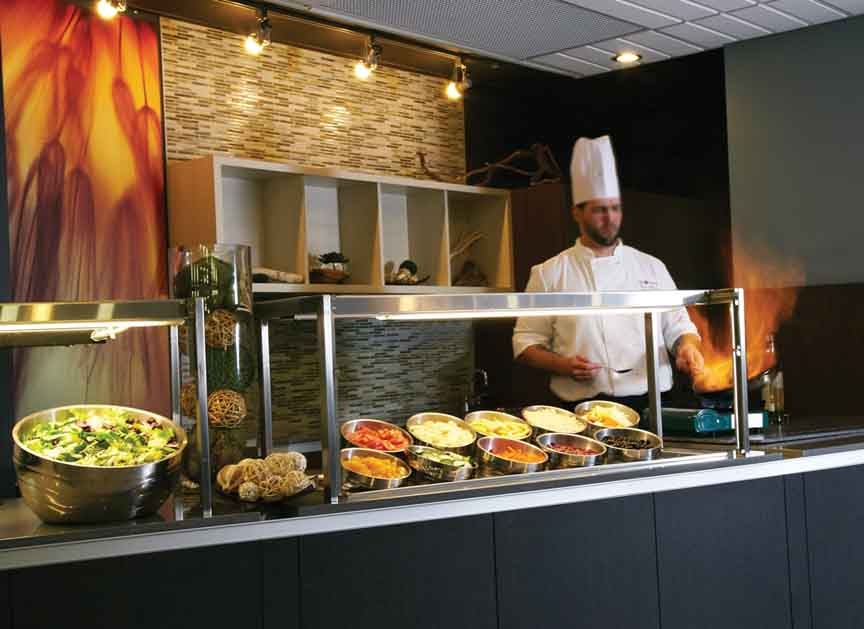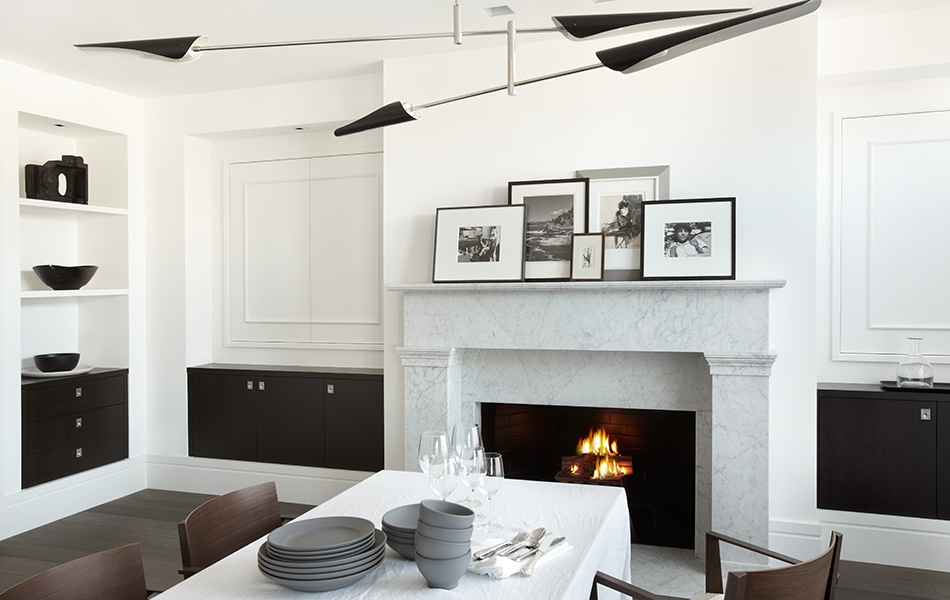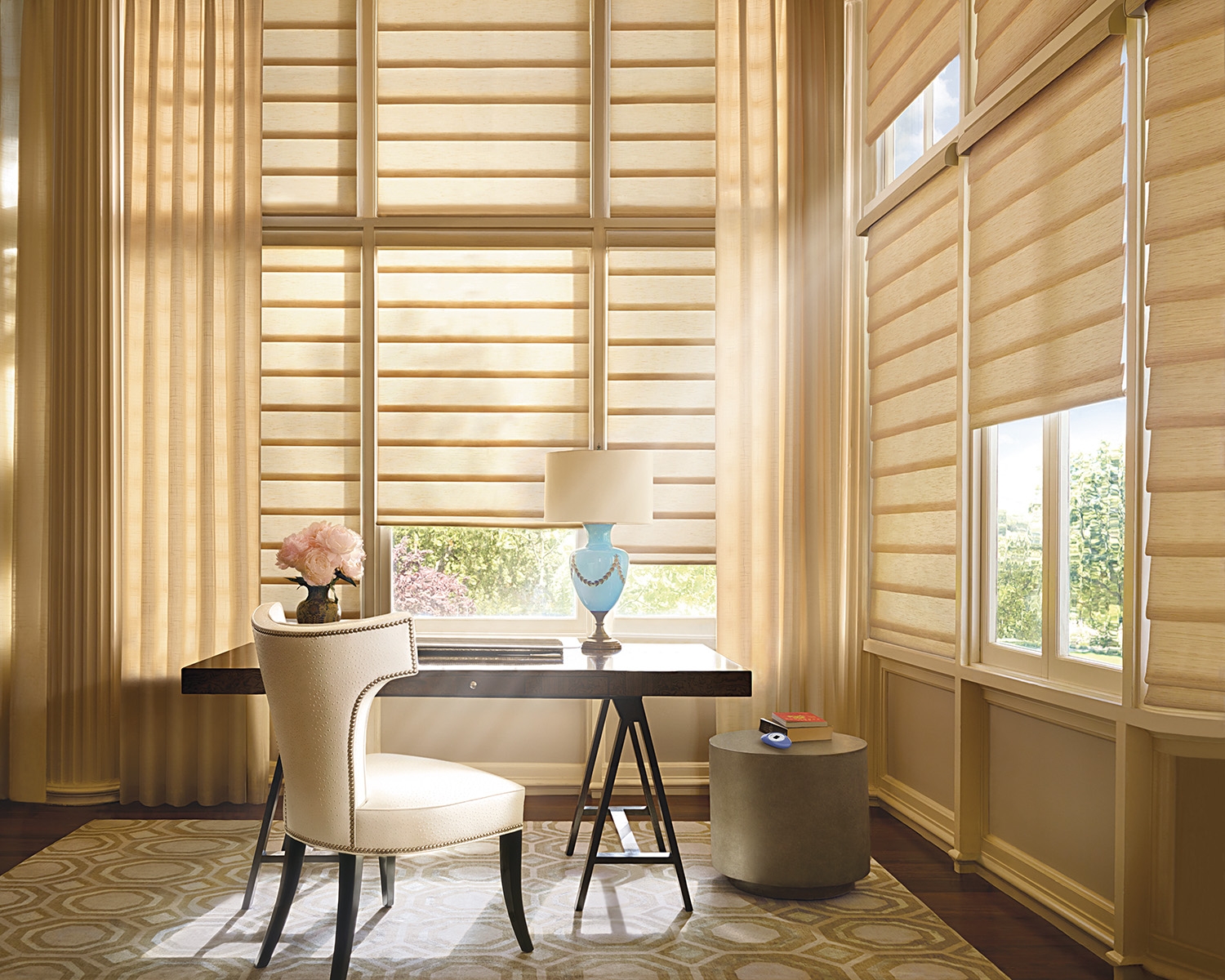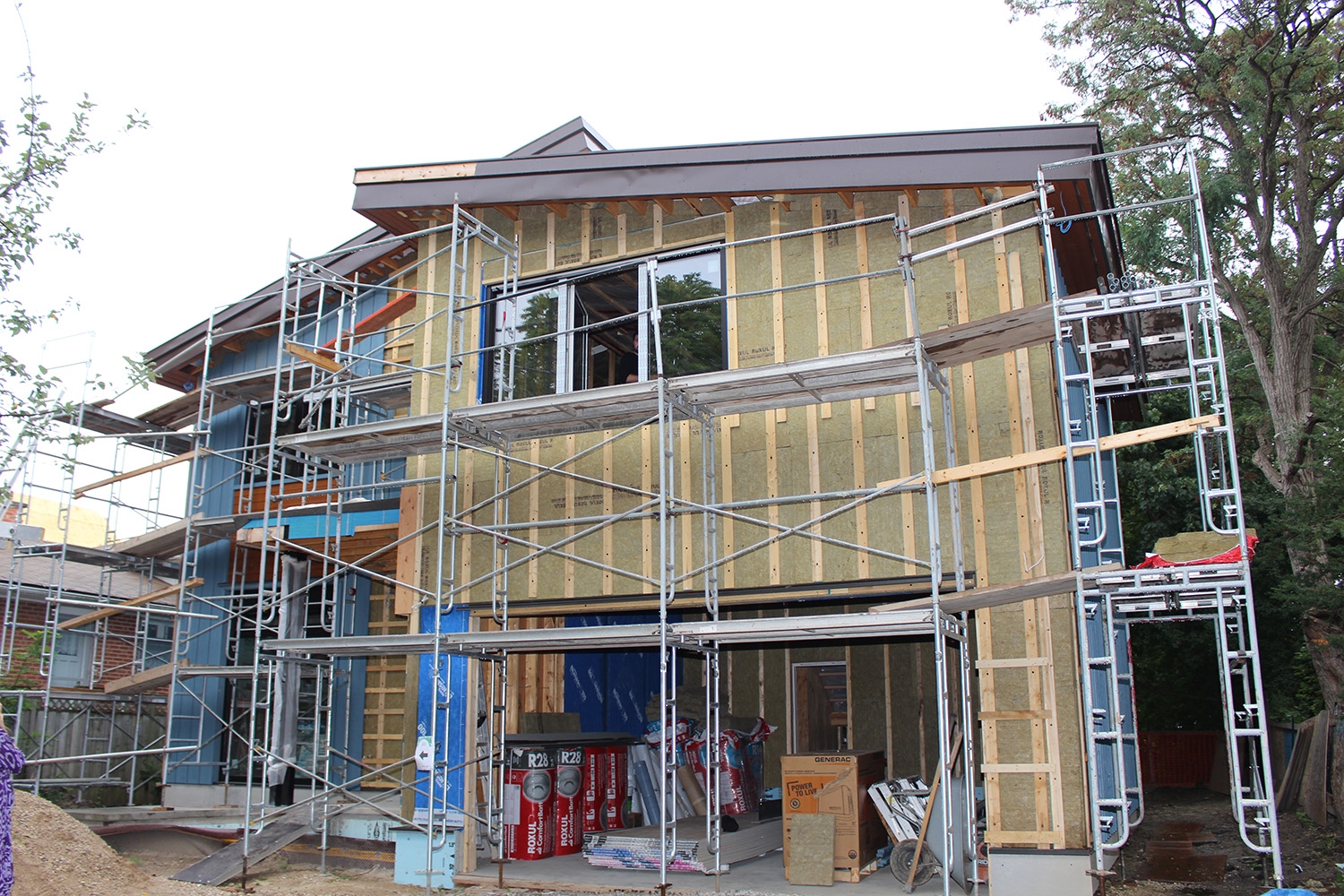
Renovate with fire safety in mind
By Scott McGillivray
The best time to improve the fire safety of your home is during its construction or when renovating. I'm a big believer in building fire protection directly into the structure of a home. After all, active fire measures, such as smoke detectors, combined with built-in or passive fire safety measures can significantly increase protection for your home, family and possessions.
The materials or components used during construction can improve or jeopardize life safety, so it's important to take the time to carefully consider building material selection. Fire safety can be built into your home in more ways that you might have thought. Here's a few to think about:
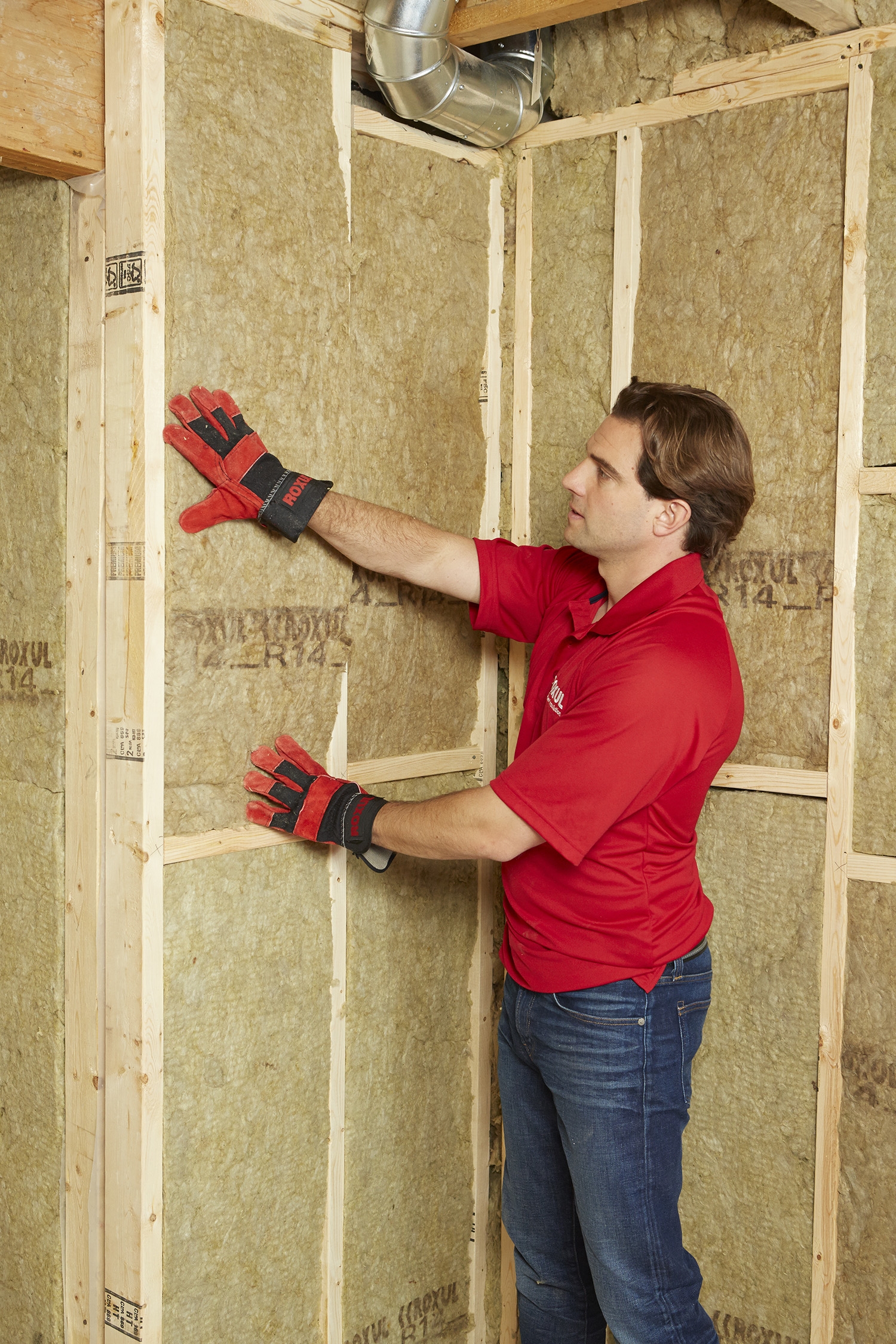 Windows. The intense heat of a fire can cause glass to break, allowing flames to enter a building, or ignite flammable items inside without direct contact. To protect your house, consider installing fire-resistant windows. One example is dual-paned glass windows, which, in addition to providing energy efficiency, also double the time it would take for fire to break the windows.
Windows. The intense heat of a fire can cause glass to break, allowing flames to enter a building, or ignite flammable items inside without direct contact. To protect your house, consider installing fire-resistant windows. One example is dual-paned glass windows, which, in addition to providing energy efficiency, also double the time it would take for fire to break the windows.
Doors. Unfortunately, many homes are built with basic, low cost interior hollow-core doors. These provide very little protection in the event of a fire. Consider upgrading to fire-rated solid-core doors. Some even use premium, non-combustible materials like stone wool in their construction.
Insulation. Not all insulating materials are created equal and offer different levels of fire resistance. For the best protection, look for insulation that is non-combustible and made from inorganic materials. Many contractors and builders prefer a stone wool insulation, like Roxul Comfortbatt, Safe 'n' Sound and Comfortboard, because they provide maximum fire protection, resisting fire up to 1,177?C––higher than the temperature of a typical residential fire. Their inorganic composition means they won't contribute to toxic gas or smoke when exposed to fire.
Lumber and drywall. When possible, select coated lumbers that increase the fire resistance of framing materials. Use type X drywall where code requires it, and consider its use in other areas of your home to help slow flame spread during a fire event.
Many fire-resistant options also exist for cladding, flooring, ceiling systems, roofing and underlayment and more. The best choice is always non-combustible, inorganic materials. Composition is important, because you want your home to be healthy as well as safe. When building or renovating, we all need to make fire safety a key priority, in the same way we have with energy efficiency. After all, energy efficiency will save you money, but a focus on fire safety can save your life.
Scott McGillivray is the host of the hit HGTV series Income Property and Moving the McGillivrays, a full-time real estate investor, contractor, author, and educator.

